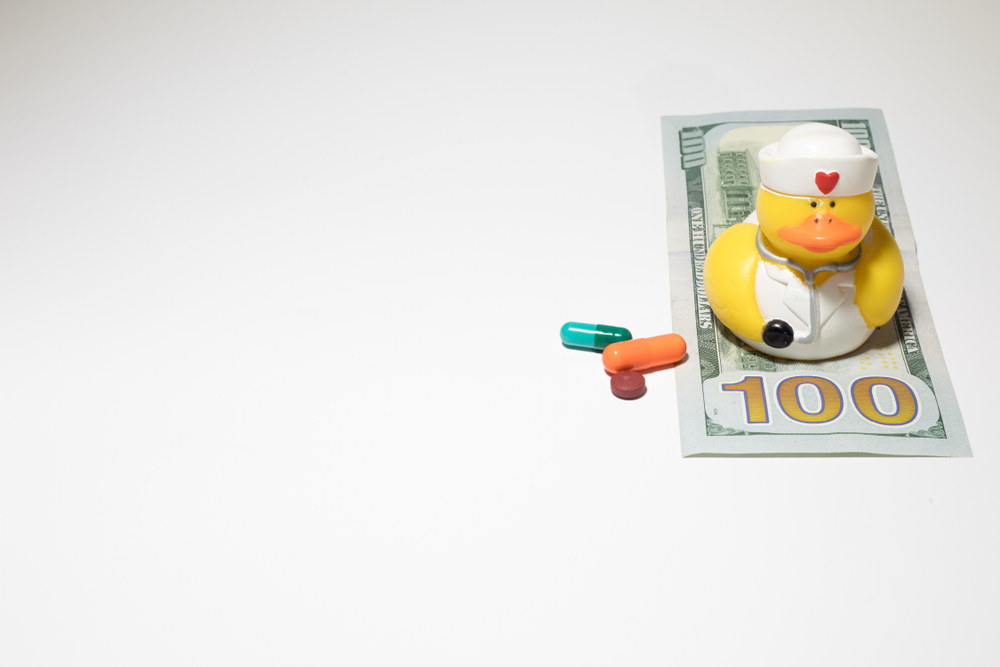Suboxone is the brand-name drug comprised of buprenorphine and naloxone.
It was approved by the U.S. Food and Drug Administration (FDA) in 2002 exclusively for the treatment of opioid dependence and opioid addiction. Suboxone is explained as “an induction agent to stabilize someone in withdrawal during the medical detoxification process as well as for maintenance treatment to promote recovery from opioid use disorder.” It is an opioid partial agonist that acts in the central nervous system. Buprenorphine is a partial agonist which means it works by partially binding to one’s opioid receptors and expelling any existing opioids and prohibiting any others from attaching. Naloxone is an opioid antagonist and works by counteracting the effects of opioids on one’s brain and nervous system. When abused, or even taken as directed for a prolonged period quitting Suboxone abruptly can produce similar withdrawal effects to other opioids.
Detox & Withdrawal Timelines
The half-life, meaning the length of time the substance will remain in one’s system until the concentration in one’s blood has been reduced by half, of Suboxone, ranges from about 28 to 37 hours, which is equal to a day or a day and a half. The withdrawal symptoms from Suboxone typically shift and evolve as time passes and as the distance from one’s last dose lengthens. The Suboxone detox timeline is often divided as follows:
- Days 1-3 after one’s last dose: This is the most physically intense part of withdrawal, as the physical withdrawal symptoms usually begin between six to twelve hours after Suboxone has completely left one’s body. Common physical withdrawal symptoms can include stomach cramps, nausea, diarrhea, sweating, muscle aches, runny nose, fatigue, increased heart rate, elevated blood pressure, and more.
- Days 4-7 after one’s last dose: This is when certain psychological withdrawal symptoms, such as severe anxiety, depression, and/ or restlessness may begin to manifest.
- Days 7-14 after one’s last dose: The physical withdrawal symptoms become more manageable, though some symptoms may persist (e.g., muscle aches and pains, insomnia, anxiety, drug cravings, etc.) and depression may set in or worsen during this time.
- Days 14-28 after one’s last dose: The physical withdrawal symptoms have likely improved greatly, and/ or fully resolved during this time. It is also the most common time for individuals to relapse, as Suboxone cravings may be at their strongest.
Many of the physical withdrawal symptoms typically dissipate within a month, but according to American Addiction Centers, psychological withdrawal symptoms can take longer to subside. Suboxone cravings can last for months, and in some cases years, after stopping the medication. Psychological symptoms such as anxiety, depression, and insomnia can also last beyond the first month. Withdrawal symptoms will vary in duration and severity from person to person as they will depend on the personal health history of the individual, how long he or she had been taking Suboxone, and the dosage of the medication taken.
For Information and Support
Contemplating detox can be a very challenging time. Before any individual can begin to work on the underlying issues contributing to their substance abuse problem, they must be separated from the substances in their systems. If you are concerned for yourself or a loved one regarding substance abuse, and/ or addiction we recommend reaching out for help as soon as possible. The earlier you seek support, the sooner you and your loved ones can return to leading happy, healthy, and fulfilling lives. Sherwood Detox offers a stand-alone detox program. For additional information on detox, please do not hesitate to contact us at: 818-626-9959 or feel free to email us anytime. One of our trusted counselors is available to talk and discuss how we can best support you on your journey.









